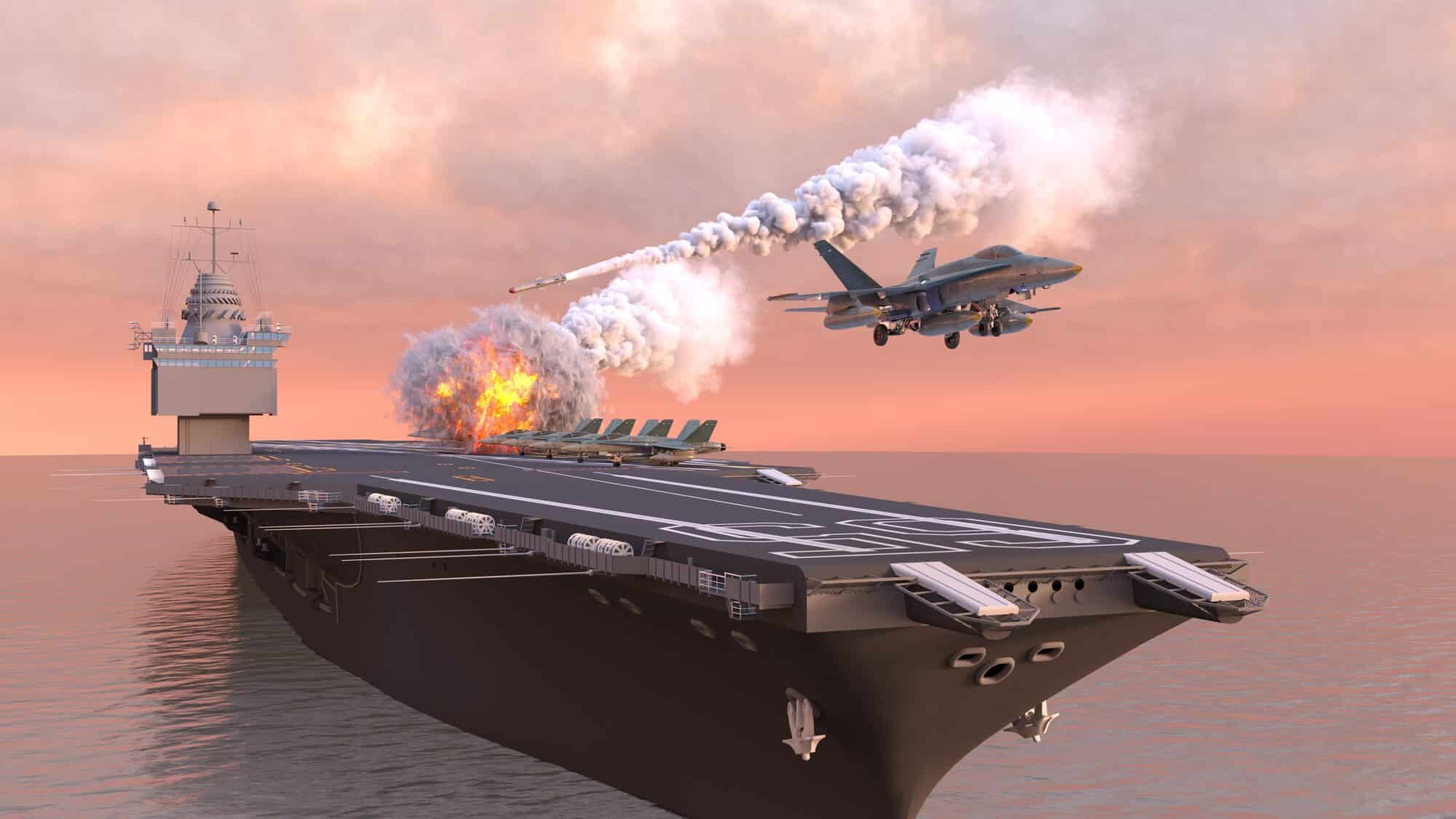Dr. Tal Tobi from the Department of General History at Bar-Ilan University describes the capabilities of American aircraft carriers, and reviews the historical events in which the US deployed aircraft carriers in crisis areas

Among the building blocks of the defense of Israel in the current war stand out the powerful aircraft carriers that the USA has placed in the Middle East. Dr. Tal Tobi, researcher of American military history, from the Department of General History at Bar-Ilan University, mentions the history of American aircraft carriers in the Middle East.
The dispatch of the aircraft carrier Gerald Ford (CVN-78) was received in Israel as a sign of the unreserved support of the American administration and its leader in the State of Israel in its most difficult hours. But sending American aircraft carriers to the Middle East and near the Persian Gulf should not come as a surprise. This is even if it was immediately translated into American support for Israel.
Since the end of World War II, hundreds of cases can be found in which the United States moved aircraft carriers to areas where crises had occurred or there was a fear that one would develop. In light of this, two popular sayings are known in the United States, which actually explain very well the place of the aircraft carrier in the perception of security and foreign policy of the United States. The first statement is that the aircraft carrier is 90 thousand tons of diplomacy. The second statement, attributed to President Clinton, but also highly relevant to the presidents before him (and certainly to those who came after him), is that when news of a crisis, in some part of the world, reaches the White House situation room, the president always asks where the nearest aircraft carrier is. These two statements connect to the operation of the aircraft carrier fleet of the United States since 1945.
In many cases, such as the fear that China would invade Taiwan (1954, 1958) or take advantage of a military maneuver for such an invasion (1996), the United States went ahead with aircraft carriers towards Taiwan. This maneuver resulted in the end of the crises with China. In many cases, such as the Korean War (June 1950) or Iraq's invasion of Kuwait (August 1990), the initial American response, before sending troops to land bases, was to send an aircraft carrier. For example, a few days after the invasion of Kuwait, the aircraft carrier Eisenhower (CVN-69) was already found in a position from which you can launch its air power if Iraq attacks Saudi Arabia.
On an aircraft carrier there are dozens of aircraft of different types, with the main combat core being fighter jets, today mainly the F/A-18 Super Hornet and some of them also the F-35B. But the aircraft carrier is not an operation alone and is actually the center of a battle group in which various marine and underwater platforms were found that provide protection to the aircraft carrier but also offensive capabilities and especially missile launching.
The battle group is also joined by a delivery force of Marines. If we remember that the United States currently has 11 aircraft carriers in active service and that, if necessary, it can concentrate several aircraft carriers (and its shell) in a given arena, we have before us a great firepower that is capable of conducting operations at all hours of the day. Also, the ability to refuel planes in the air allows the aircraft carrier's planes to operate far from it.
This is another advantage of the aircraft carrier compared to other military forces of the United States. The aircraft carrier usually sails in international waters and does not violate the territorial sovereignty of one country or another. In this way, the United States avoided the need for diplomatic maneuvers to place forces in combat arenas or to protect the forces from attacks, as happens, for example, to American bases in Syria.
Placing the aircraft carrier in a certain area is a clear statement of political intent by the United States. If necessary, it also provides an initial and deadly response against an enemy that chooses to challenge the United States.
More of the topic in Hayadan:
